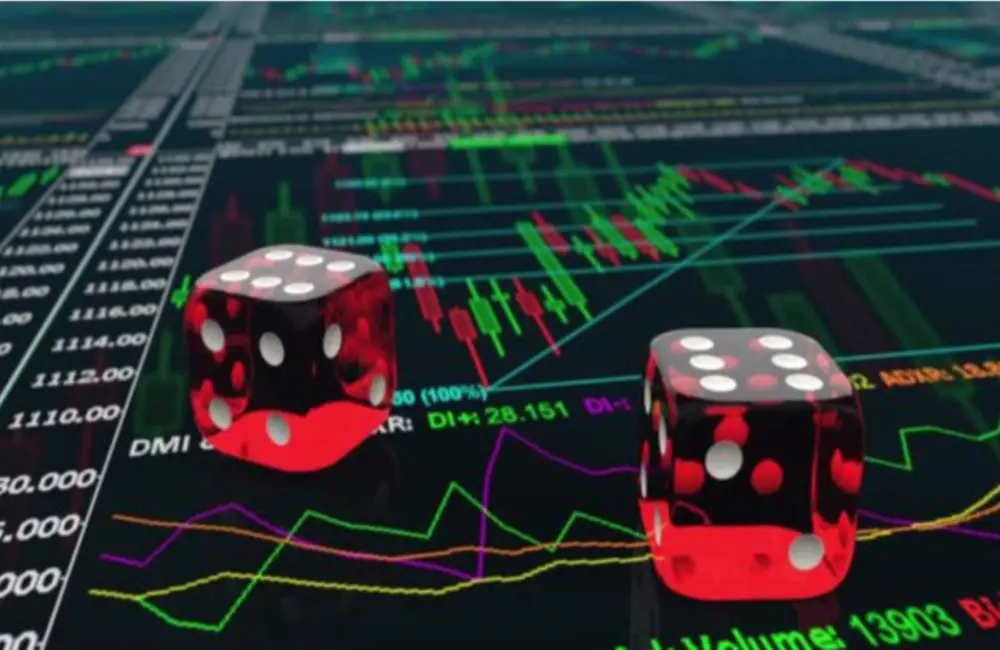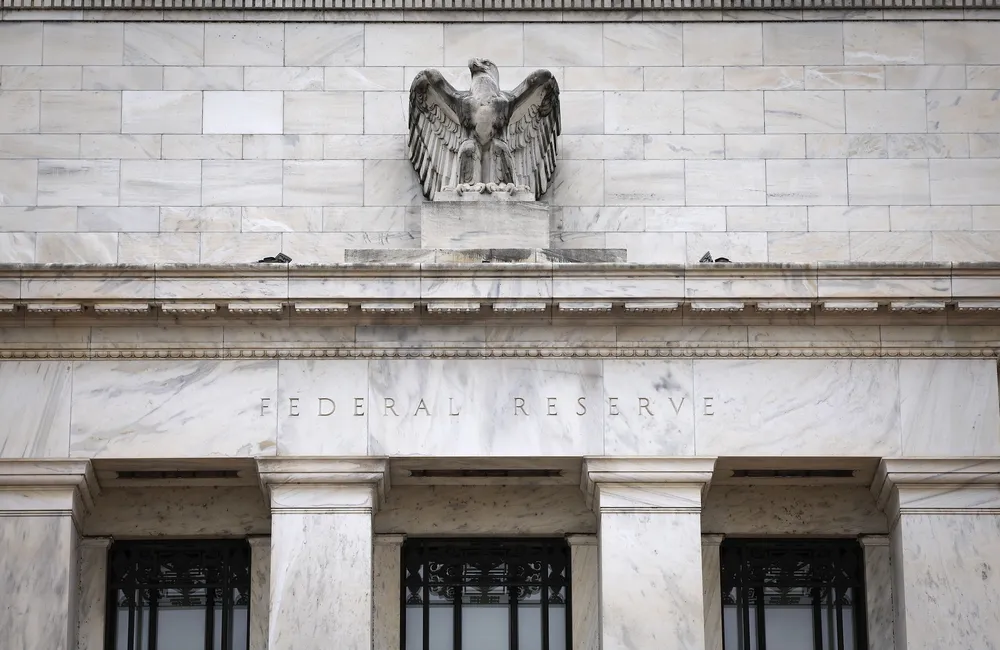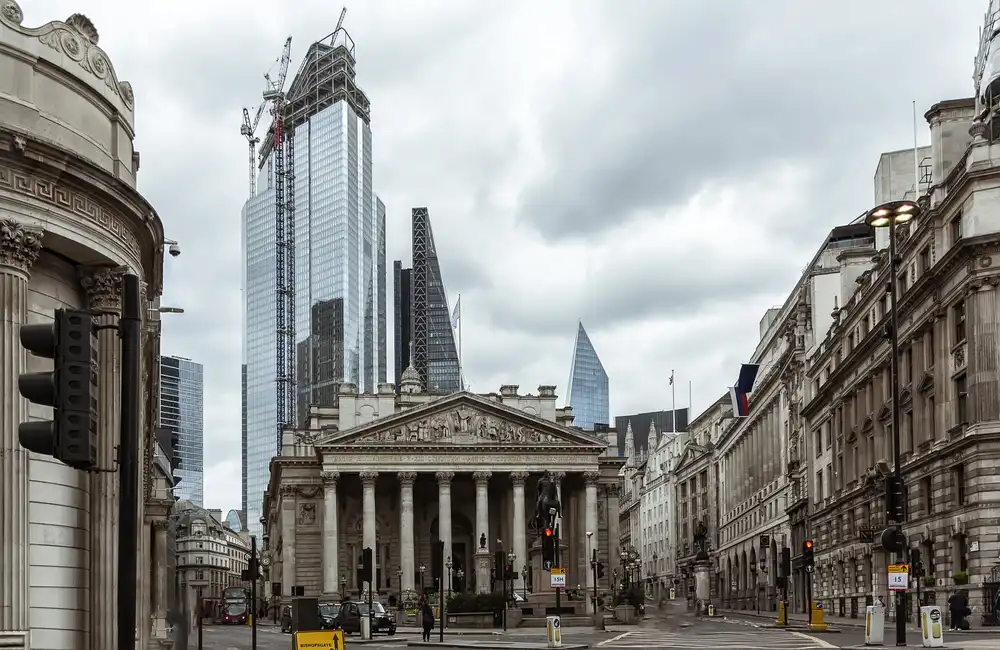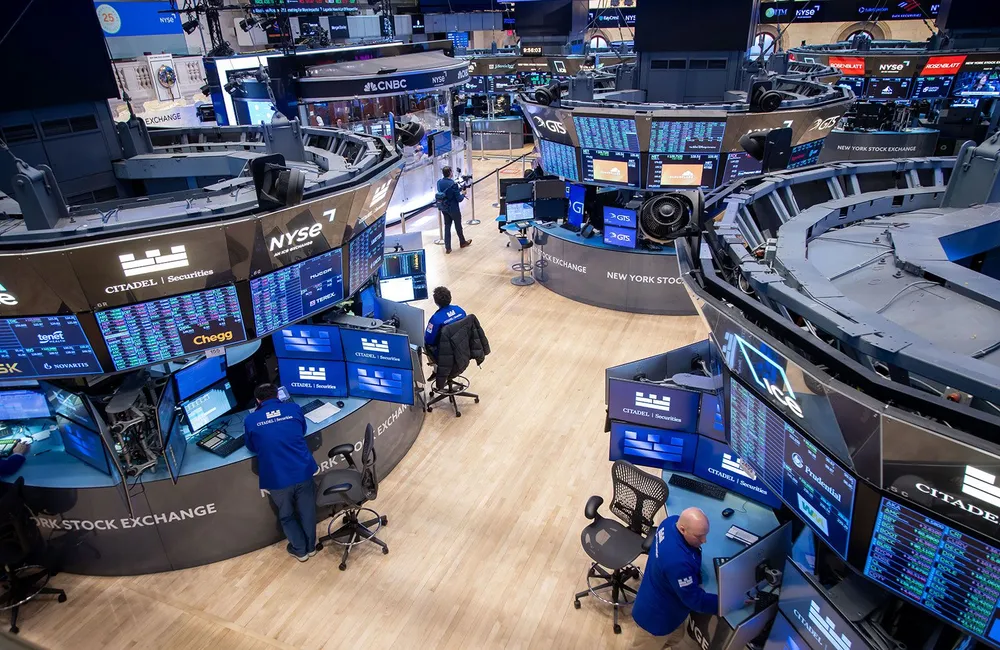A jump in commodity prices at a moment when inflation is simmering hot around the world has market pundits talking about the emergence of stagflation: A mix of rising prices, high unemployment and slow growth not witnessed in decades.
The last time the world had to suffer through this combination was in the 1970s and 1980s. Then, wars and revolutions in the Middle East sent oil prices careening, which helped to set off double-digit inflation, pushed millions out of work and sent real wrote into deep recessions across the developed world.
Now, record commodity prices combined with loose monetary policy and stubborn inflation are causing some observers to sound the alarm that stagflation may be back.
“It is not very different from today today is not very different from [the 1970s]. Economies continue to grow until they don’t. That was true in the 1970s and it’s true now,” says Stephen Miller, an investment strategist at GSFM funds management.
“Right now, things look fine, but there are reasons to be concerned. I’m not saying that this is necessarily a rerun, but there are eerie parallels.”
We asked a few analysts about stagflation, how it might come back, whether Australia is in danger, and how to strategize portfolios in the event.
Federal Reserve chairman Paul Volcker, left, with President Ronald Reagan in the Oval Office
How does stagflation occur?
The star of the 1970s economy, stagflation caught many people by surprise at the time, according to Miller. Economists refer to stagflation as a time when inflation is high, economic growth slows and unemployment remains persistently high.
Price shocks of commodities are central to the emergence of stagflation, he says. US oil prices soared from US$3 to US$32 over the decade as a result of the 1973 Yom Kippur War and then the 1979 Iranian revolution. Inflation soared as costs for transportation and heating surged. Growth faltered as higher fuel prices left consumers and businesses with less money to spend.
“When households have to spend more money filling their fuel tanks, or heating and air conditioning their homes, have less money for anything else,” he says.
Temporary shocks become permanent when businesses react with higher prices and workers roar for wage hikes in an ongoing upward cycle. Australian inflation climbed from 10% in March 1970 to 25% by the end of the decade. Rising prices squeeze business margins and wages. It means people have less to spend and businesses reduce employment and investment, Miller says.
“There’s this vicious circle that’s already working between crimped household income and crimped business income and crimped employment and higher prices and higher wages,” he says.
Central banks didn’t tighten monetary policy fast enough or long enough to bring prices under control initially, he adds. It was not until the “Volcker shock,” when the Federal Reserve Chairman Paul Volcker raised interest rates to a peak of 20 percent in 1981, that inflation was wrangled back under control.
Could it happen today? Opinions are divided
And then, with today’s high inflation, the dizzying spike in commodity prices and record-low interest rates, you have the makings for a resurgence of stagflation in Australia and the developed world, Miller says.
He lays out a picture where the commodity price shock from Russia’s invasion of Ukraine fans inflation that was already surging at decade-high rates: Australian inflation stood at its highest rate since 2011 last December, as petrol prices rose at their fastest pace since 1990. It could turn into a growth-destroying price spiral if policymakers are too slow to react, he says.
“The orders of magnitude might differ because Australia has a lower [inflation] starting point [than the US]. That doesn’t mean that if it can’t go up because households and businesses are subject to the same forces that are associated with energy prices going up and with commodity prices going up,” Miller says.
More sanguine about the risk is David Sekera, chief US markets strategist. In the US, growth remains strong, estimating a 3.7% GDP growth in 2022. He expects inflation to slow this year as supply chain logjams ease and consumers shift spending from goods to services.
“Stagflation is a very low probability event from an economic growth perspective languishing economic growth or persistent inflation,” he says.
The world today is also different from the 1970s in three ways. Weaker trade unions and less regulated labour markets mean wage growth isn’t likely to pick up as it did in the past, notes Miller. The weakness in wage growth is something Reserve Bank Governor Philip Lowe is unrelenting about. He argues that rate hikes are on hold because wage growth is still below the bank’s target of 3%.
Central banks also have the policy errors of the 1970s and 1980s to guide them. Jerome Powell, the Federal Reserve chairman, lavished praise on Volcker as the “greatest economic public servant of the era” in testimony before Congress last week, and pledged to do whatever necessary to restore order to prices. Governor Lowe also pledged that the bank would do “what is necessary” to keep inflation low and stable in remarks on Wednesday.
Consumer spending may also be more resilient to higher energy prices today than it has been in the past. New research from Oxford Economics contends trillions of dollars in pandemic excess saving and a robust market for jobs could help compensate for the hit from higher energy prices in the US.
As a share of total consumer spending, spending on gasoline and other energy products is roughly 2.5% today in the US, compared to around 6% at the beginning of the 1980s, according to figures compiled by the US Department of Commerce.
Stagflation has emerged as a potential risk for investors.
Stocks with wide moats, commodities, certain areas of real estate and gold are all options in that environment, analysts say.
“It’s difficult to hide in a stagflationary environment,” Sekera says. “Fixed income erodes purchasing power because interest rates typically don’t keep pace with rising inflation. In equity markets, if companies are unable to pass-through costs quickly enough, margins will get squeezed.”
Sekera gives tips on firms with wide moats or durable competitive advantages and pricing power to succeed. Coca-Cola (KO) and AB InBev (ABI) are examples of this dynamic, where powerful brands enable firms to pass additional costs to the consumer, he notes. The February reporting season demonstrated that numerous Australian companies are managing to sustain margins by passing on cost increases or cutting costs elsewhere.
“Banks and financials are going to do well as interest rates rise and we tackle inflation, which will improve margins,” he says. Miners and basic materials producers should benefit from climbing commodity prices. There are also real estate investment trusts, or REITs, with short-term leases so they can increase prices regularly, he says.
“Hotel REITs have the mother of all short-term leases.” Park Hotel and Resorts (PK) as an example, Sekera adds that most people's stays fall within 1 to 3 nights.
Miller thinks the 60/40 portfolio should be tweaked downward for exposure to bond and equity market returns, given any stagflationary period. One possibility, he says, is a 50/30 split, with the balance in assets such as gold, broader commodity baskets or inflation-linked bonds.





















